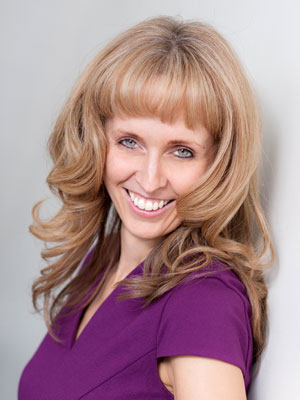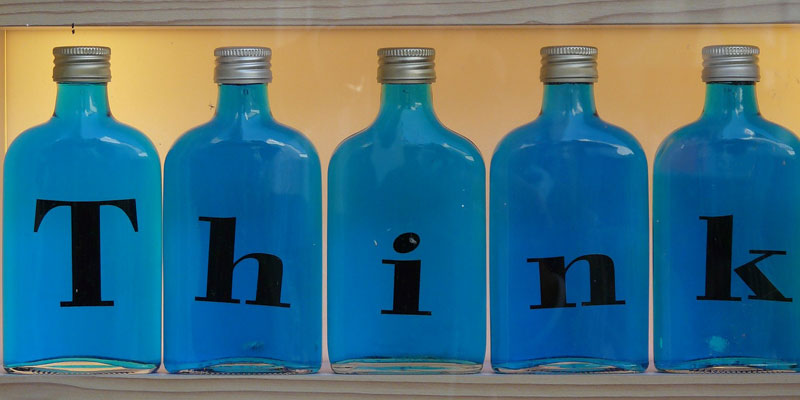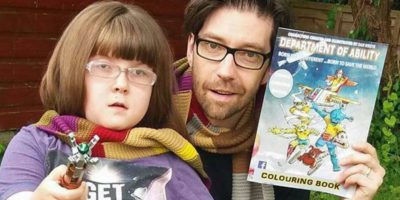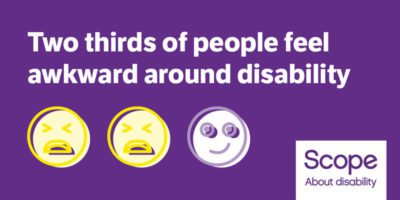
Casting aside labels and limitations
Hello and welcome to the Ability issue. I wanted to take some time to explore some of the issues around ‘ability’ and ‘disability’ and examine the boundaries where the two meet and how we perceive these.
Womanthology is all about doing your own thing, making your own choices and casting aside the labels and limitations projected on to us by others, and also the labels and limitations we put on ourselves.
Without fail, every issue, I feel as if I acquire knowledge from each and every individual I feature, and this issue is no different. When you work in the diversity and inclusion space you find yourself challenging your own perceptions on a regular basis. I often ask myself “Am I being biased here?” “How is what I’m writing coming across?” “What am I conveying with my choice of language?”
Let’s face it, who hasn’t unintentionally said something inappropriate to somebody who they (consciously or unconsciously) perceived to be different to them? I’m perhaps not meant to admit that. If you write a magazine you are supposed to be super-cool, self-assured and always know the ‘right’ thing to say, right? Wrong. We’re all still learning and nobody gets everything right all the time.
End the Awkward
It was incredibly helpful to hear from Richard Lane from Scope about their End the Awkward attitude to disability campaign for this reason. Apparently the phenomenon even has a name – ‘innocent ignorance’. It seems that two thirds of us feel awkward around disability. In fact I was having a conversation with another contributor earlier today about the language we use to refer to disabilities. Sometimes there is conflicting guidance about what language is most appropriate, so there can be a fear of causing offense, so the awkwardness can remain.
I’ve realised though, that this awkwardness can be something we learn over time. My aunt, who’s now sadly passed away, caught polio (so we’re talking many years ago now) and as a result she became unable to walk. This was decades before I was born, so I only ever knew her as a wheelchair user, but I never thought of her as ‘disabled’.
Just my lovely aunt
It never seemed out of the ordinary to me at all. Her house had a few adaptations, like lowered kitchen worktops and she lived on the ground floor, but other than that, no big deal. She was just my lovely aunt. (She was also an incredibly talented artist.) What more did I need to know than that? I think it’s good to grow up around all different kinds of people whilst your sense of self and your ideas about the world are still developing, so we can minimise the awkwardness and prejudice we may pick up as we progress through life.
Check out the amazing organisation, Sesame Workshop that is using the Muppets to help educate young children about autism, for example. Their social impact work focuses on the needs of the most vulnerable children by providing access to early education, critical health lessons, and tools for tough situations. How brilliant to teach children that it’s OK to talk about our differences and the things that challenge us.
Forget what you think you know about disability
It’s also about realising that you sometimes need to forget what you think you know about disability. Claire Lawrence from the RNIB shared in her feature that she is often told that she “doesn’t look blind”. What is a blind person supposed to look like anyway?!
Ultimately, I’ve found that it just helps to try your best to be inclusive. If you try to learn more and remove the ‘ignorance’ factor, then you’re more than halfway there.
I think if most people are aware you’re doing your best as an individual, they will appreciate your efforts. Over and above this, organisations rightly have legal obligations. I loved the tweet I saw recently from another one of this edition’s contributors, Claire Harvey, showing the steps to the Bank of England. Despite the age of the building and the accompanying challenges (and all the economic woes of the country to deal with…) they had managed to install the most wonderful steps that magically turned into a platform to allow accessibility. Loving. Their. Work.
Who said old buildings can’t be made accessible.Check out the awesome new lift @bankofengland – brilliant! pic.twitter.com/wwGOSDGkFh
— Claire (@harveysprout) 30 June 2016
Discovering the Social Model of Disability
Organisations like Scope, the RNIB and many others are doing everything they can to change the public’s perceptions about ‘disability’. Judith Margolis talks about The Social Model of Disability, as does Richard Lane, the supporters of which believe that it is our surroundings and the way we are treated that ‘disable’ us rather than the conditions of our body. Think about it. It’s true. We need learn about this when we’re still at school, before we learn to impose artificial limitations onto others.
Some hope and joy…
The issue also examines the way tech and medicine is being used to empower us. Check out Tilly Lockey’s bionic hand. This fills me with hope and joy! So does Dan White’s Department of Ability, a comic book he created for his daughter, Emily.
Often those of us who have never felt excluded can’t relate to the feeling until it happens to them, or someone close. Don’t let this be you. Sometimes it’s the small things that can make the biggest difference and I hope this issue will give you some new ideas which might challenge you to think differently. I’ve tried to do the same and I’ll keep trying…





